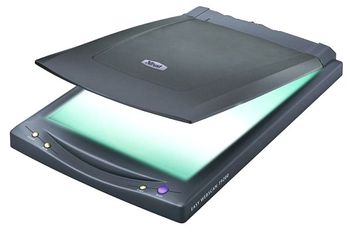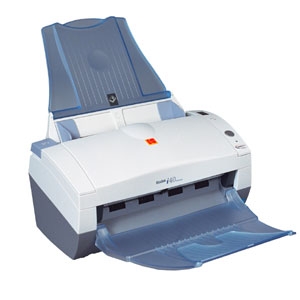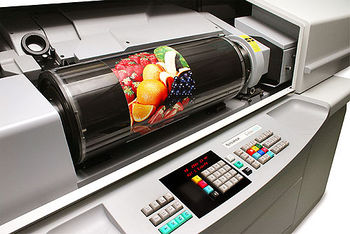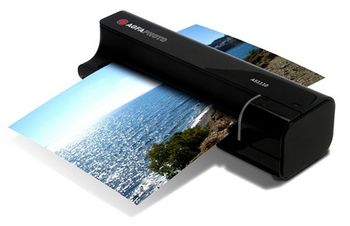Image scanner
From InforWiki 2014
In computing, an image scanner is a device that optically scans images, printed text, handwriting, or an object, and converts it to a digital image.
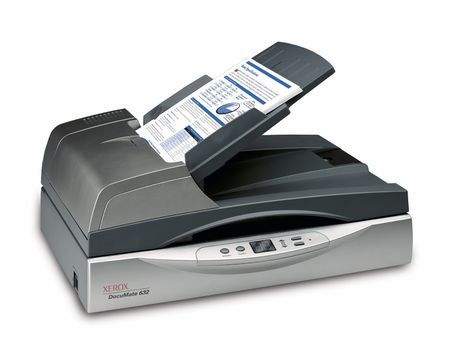
Types of image scanners:
- Flatbed scanners: Are the best-known and largest selling scanner type. They look like miniature printers with a flip-up cover protecting the glass platen.
- Sheetfeed scanners: Use the same basic technology as flatbeds, but maximize throughput, usually at the expense of quality. Generally designed for high-volume business environments, they typically scan in black and white or gray scale at relatively low resolutions.
- Drum Scanners: Produce the highest resolution, highest quality scans of any scanner type, but at a big price. Besides their expense, drum scanners are slow, not suitable for brittle documents and require a high level of operator skill. Thus they are typically found in service bureaus that cater to the color pre-press market.
- Portable scanners: Are small enough to bring on the road. Some are as wide as a page and roll easily down the page. They’re not going to give high-resolution scans and so are not good for scanning photographs or other applications where you need a high-quality result.
Features:
- Resolution: Is the measurement of the resolving power of the scanner’s optics and is expressed as dots per inch, but it is more accurately described as pixels per inch.
- OCR (optical character recognition): Is the mechanical or electronic conversion of images of typewritten or printed text into machine-encoded text. It is widely used as a form of data entry from printed paper data records.
